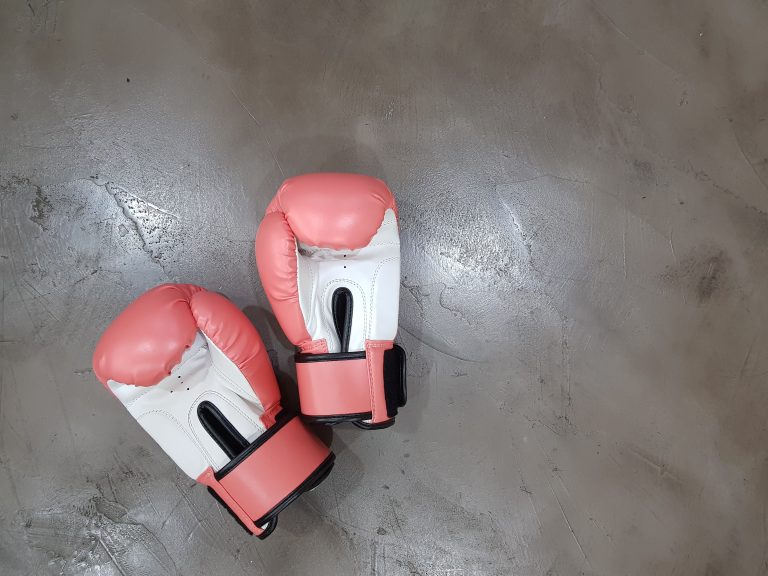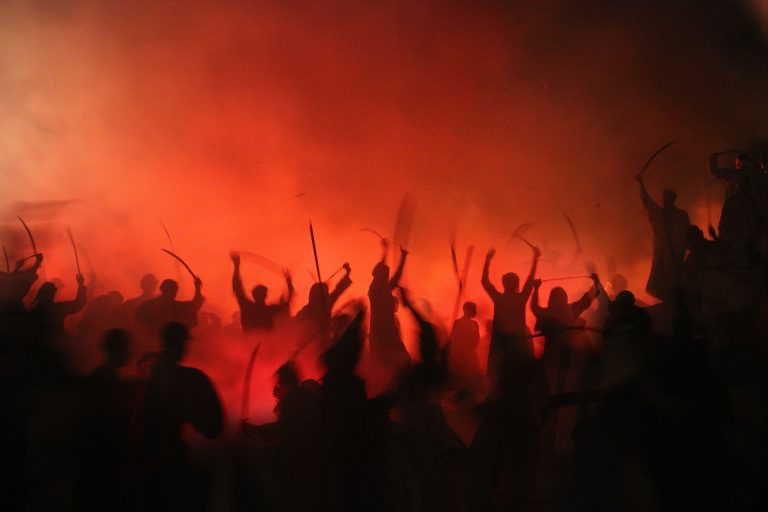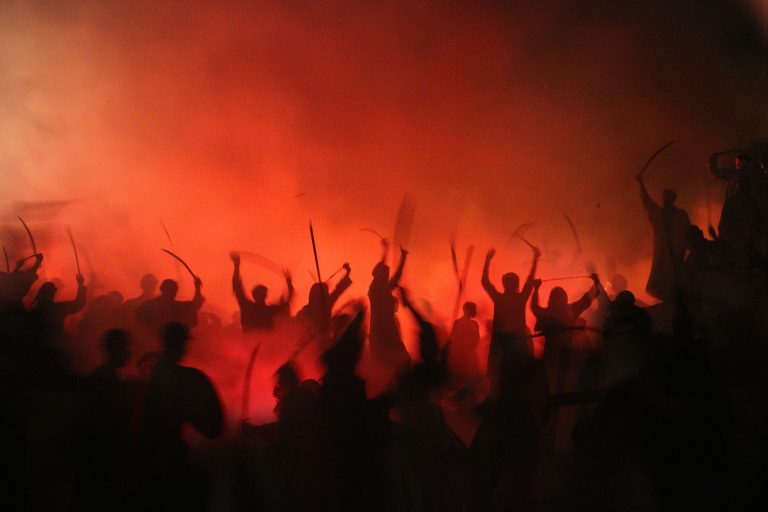How Many Colour Belts Are There in Karate?
Karate is a popular martial art that originated in Okinawa, Japan. It has a ranking system that allows students to progress to higher levels of expertise as they learn and develop their skills. One of the most recognizable and important aspects of this ranking system is the coloured belts, which represent the different levels of mastery that a student has achieved. In this blog post, we will take a closer look at the different colour belts in karate, the significance of each belt, and how they are earned.
The Origin of Coloured Belts in Karate
Before we dive into the details of the different colour belts, it is important to understand the origin of this ranking system in karate. The use of coloured belts as a symbol of a student’s progress was first introduced in Judo, another Japanese martial art, in the 1920s. The founder of Judo, Jigoro Kano, believed that a visible ranking system would motivate students to work harder and be more dedicated to their training. This idea was later adopted by other martial arts, including karate.
The Different Colour Belts in Karate
There are typically ten colour belts in karate, ranging from white to black. Each belt represents a specific level of knowledge, skill, and experience. Here is a breakdown of the different colour belts in karate, their significance, and what it takes to earn them:
White Belt
The white belt is the starting point for all karate students. It symbolizes purity, innocence, and the beginner’s mind. To earn a white belt, a student must typically attend several classes, learn basic stances, blocks, and strikes, and demonstrate a basic understanding of karate etiquette.
Yellow Belt
The yellow belt represents the first step towards mastery in karate. It symbolizes the sun rising and the dawning of knowledge. To earn a yellow belt, a student must learn additional basic techniques, including kicks and punches and demonstrate an ability to apply them in basic sparring situations.
Orange Belt
The orange belt represents the beginning of significant progress in karate. It symbolizes the growth of a seed into a plant. To earn an orange belt, a student must have a firm understanding of basic techniques and be able to apply them under more realistic sparring situations.
Green Belt
The green belt represents growth and development. It symbolizes the plant growing and flourishing. To earn a green belt, a student must have a comprehensive knowledge of basic techniques and be able to apply them in more advanced sparring situations.
Blue Belt
The blue belt represents the dawn of understanding, similar to how the sky begins to turn blue at dawn. To earn a blue belt, a student must demonstrate an extensive knowledge of basic techniques and understand the underlying principles of karate.
Purple Belt
The purple belt represents the sky turning dark, as the student’s knowledge and proficiency in karate deepens. To earn a purple belt, a student must demonstrate an advanced understanding of basic techniques and be able to apply them in complex sparring situations.
Brown Belt
The brown belt represents the home stretch towards mastery in karate. It symbolizes the earth, and the student’s roots growing deep. To earn a brown belt, a student must demonstrate a mastery of basic techniques and an ability to apply them under high-pressure situations.
Black Belt
The black belt is the ultimate goal of every karate student. It represents the infinite possibilities of further knowledge and the beginning of a new journey. To earn a black belt, a student must demonstrate mastery of all basic techniques and show a deep understanding of the underlying principles of karate. The requirements for earning a black belt vary depending on the school, but it typically takes several years of dedicated training and commitment.
Introduction
Karate is a martial art that teaches self-defense through various techniques like punches, kicks, and strikes. One of the unique features of Karate is its grading system that divides students into different skill levels. Colour belts are an essential part of this system and signify a student’s progress and skill level in Karate. However, the number of colour belts in Karate varies depending on the style or association. In this blog post, we’ll explore the most frequent asked question, „how many colour belts are there in Karate?“, and provide an informative answer.
Question 1: How many colour belts are there in Karate?
The number of colour belts in Karate depends upon the association or style. However, most Karate associations follow the traditional Kyu-Dan ranking system with ten coloured belts and three black belts, starting from white and ending at black. Sometimes, brown belts come in two different colours: brown and black.
Question 2: What are the colours of the belts, and what do they signify?
Each coloured belt signifies a student’s rank and skill level in Karate. The colours and their significance may vary depending on the association or style, but the most common sequence of colours and their meaning are:
- White belt: signifies purity and innocence, and it is the starting rank for beginners.
- Yellow belt: signifies the first rays of sunshine and represents the development of the basic skills in Karate.
- Orange belt: signifies the growing strength and endurance of a student’s technique and represents the first steps towards mastering Karate.
- Green belt: signifies growth and the development of the mind and body of a student in Karate.
- Blue belt: signifies the deepening of a student’s knowledge of Karate and a new level of physical and mental growth.
- Purple belt: signifies the combination of mental and physical elements of Karate, where the student starts to understand the deeper meaning behind the martial art.
- Brown belt: signifies the development of technical skills and endurance in Karate training, and it is generally divided into two different colours: brown and black.
- Black belt: signifies mastery of the mental and physical aspects of Karate.
Question 3: How long does it take to progress from one belt to another?
The time taken to progress from one belt to another depends on the individual’s dedication, hard work, and skill level. It may vary from association to association, style to style, and even from instructor to instructor. However, some general guidelines can give a rough idea of the time required for a student to progress from one belt to another:
- White to yellow: Approximately 3-6 months
- Yellow to orange: Approximately 6-9 months
- Orange to green: Approximately 9-12 months
- Green to blue: Approximately 12-15 months
- Blue to purple: Approximately 15-18 months
- Purple to brown: Approximately 18-24 months
- Brown to black: Approximately 36-48 months
However, these are just rough estimates and may vary depending on the student’s performance and the instructor’s discretion.
Question 4: Are there any age restrictions to participate in the grading system?
There are generally no age restrictions for Karate students to participate in the grading system. Still, some associations may have specific age requirements to achieve black belt rank or participate in a senior grading examination. It is always best to check with the association or instructor for more information about their specific requirements.
Question 5: What is the significance of the black belt?
The black belt is the highest rank a student can achieve in Karate and signifies mastery of the mental and physical aspects of the martial art. It is not the end of the learning process; instead, it represents a new beginning, a new level of understanding, and a new journey of constant improvement. A black belt student is expected to embody the principles and values of Karate both inside and outside of the dojo and to become a responsible member of the martial arts community.
How Many Colour Belts Are There in Karate?
When it comes to martial arts, belts signify an individual’s level of proficiency and commitment to the craft. In karate, coloured belts indicate a student’s rank or skill level. The number of coloured belts in karate varies depending on the school, but the traditional system commonly uses seven colours. These are white, yellow, orange, green, blue, brown, and black.
In this guide, we’ll provide you with all the details about coloured belts in karate, including how to progress, the meaning of each rank, and what it takes to become a black belt.
How to Progress Through the Coloured Belt System
To progress to the next rank or level, a student must demonstrate proficiency in the techniques, katas, and sparring for their current rank. Each level has specific requirements, and students must pass a rigorous grading exam to move forward.
Most schools follow a similar progression system where students begin as white belts and move through the ranks in order, with the following ranks being:
Yellow Belt
The yellow belt is the second rank in the karate journey after the white belt. Instructors carefully teach students the basics, including kicks, strikes, blocks, and simple combinations. The yellow belt signifies the student’s development in understanding the principles of karate.
Orange Belt
The orange belt is the third rank of the karate belt system. At this level, students are required to perfect their basic techniques and advance to more complex combinations. They are introduced to more challenging katas and applications of their techniques. The orange belt symbolizes the student’s progress and fundamental understanding of karate.
Green Belt
The green belt is the fourth rank in the karate belt system. Students at this level are expected to show proficiency in advanced techniques and kata. This rank represents the student’s growth and physical development.
Blue Belt
The blue belt is the fifth rank in the karate belt system. At this stage, students are required to be fluid in their movements while perfecting their skills and techniques. They must display the ability to combine different techniques in spontaneous movements to demonstrate control, fluidity, and focus.
Brown Belt
The brown belt is the sixth rank in the karate belt system. Students at this level must demonstrate proficiency in performing every technique with extreme focus, accuracy, and consistency. They must possess a vast knowledge of the different katas, applications, and variations. It is also common for real-life scenarios and partner work to be introduced at this level. The brown belt signifies a platform for students to develop their technique and refine their skills.
Black Belt
The black belt, also known as the „shodan,“ is the ultimate achievement in karate. It requires the most dedication and precision, and only a few students reach this level of proficiency. The black belt signifies the highest rank achievable in karate, and the student is considered a master of the art.
What is the Significance of Each Rank?
Each rank in the coloured belt system signifies a student’s progress and learning stage in karate. The white belt represents the beginning of the karate journey, while the black belt represents proficiency and mastery of the art.
Each belt colour has a symbolic meaning associated with its progression:
– White Belt: Signifies purity and innocence.
– Yellow Belt: Represents the sun rising, signifying the student’s growth in the understanding of the principles of karate.
– Orange Belt: Represents the first rays of sunlight, indicating a new beginning, growth, and developing understanding.
– Green Belt: Represents a plant growing, which signifies the growth and maturity of the student.
– Blue Belt: Represents the ocean, which conveys a sense of depth, motion, and stability.
– Brown Belt: Represents the ripening of a fruit, indicating the student’s capability and potential.
– Black Belt: Signifies the mastery of all techniques and the student’s readiness to take on the responsibility of teaching others.
What Does It Take to Achieve a Black Belt?
Achieving a black belt requires a demonstration of proficiency, dedication, and hard work. Students must:
– Commit to regular training and show improvement in their techniques and understanding of karate.
– Demonstrate proficiency in all the techniques and katas required for the rank.
– Display a deep understanding of the principles, philosophy, and ethics behind karate.
– Show physical fitness and good sportsmanship.
The journey to a black belt is a challenging and rewarding one that takes years of practice, focus, and discipline.
In Summary
Karate utilizes a system of coloured belts to indicate a student’s skill level and progression. There are seven traditional colours used in the belt system, with the black belt being the ultimate goal. Each rank signifies a student’s knowledge, proficiency, and understanding of the principles of karate. Students must demonstrate consistency, dedication, and improvement to earn each belt level, with discipline and hard work being the key to achieving a black belt.
Inhaltsverzeichnis






